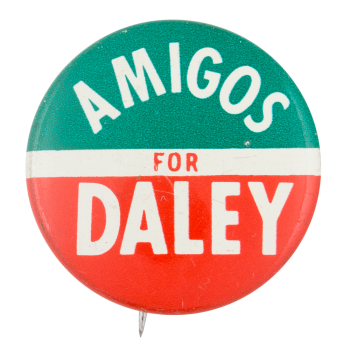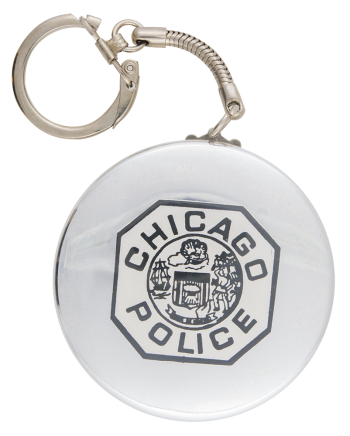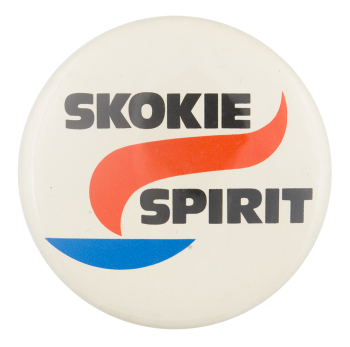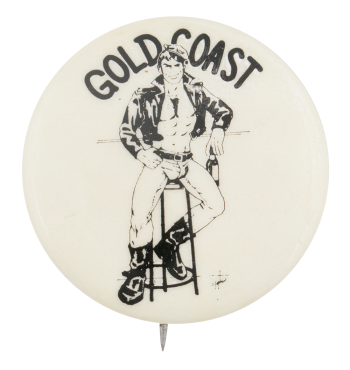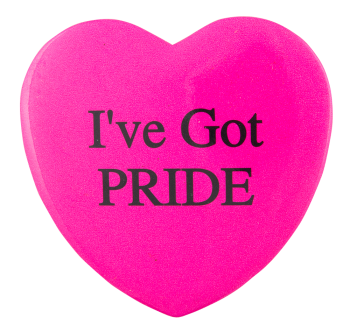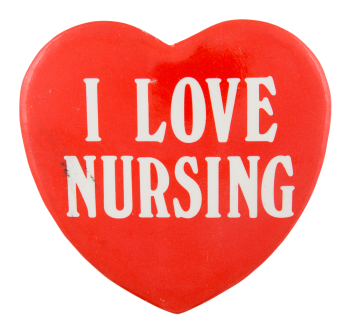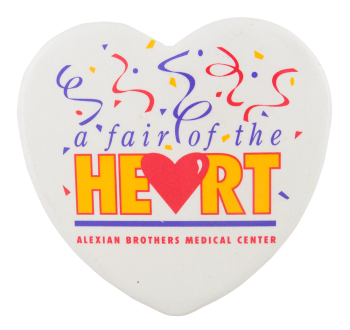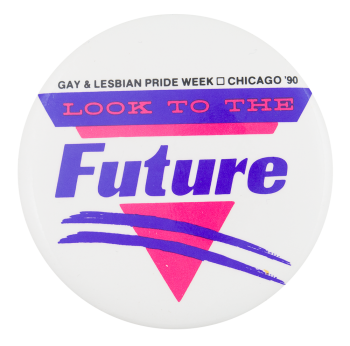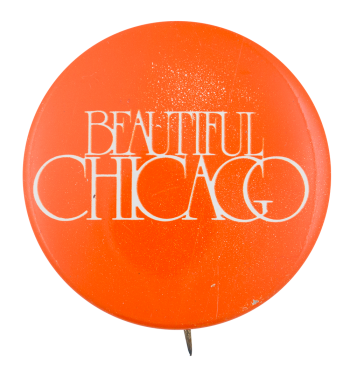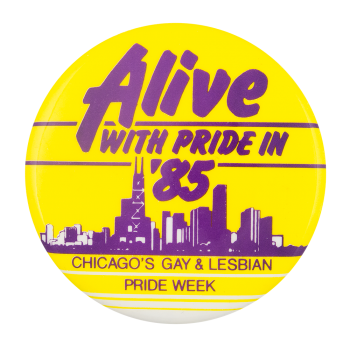Amigos for Daley
| Category | |
|---|---|
| Additional Images | |
| Sub Categories | |
| Text on Button | AMIGOS FOR DALEY |
| Image Description | Top half of the button is green with white text, the bottom half is red with white text and there is a white stripe through the center with red text on it. |
| Curl Text | union bug |
| Back Style | |
| The Shape | |
| The Size | |
| Year / Decade Made | |
| Additional Information | This button comes from Richard J. Daley's campaign to become mayor of Chicago in 1975. Daley, a Democrat, was first elected to the position in 1955, and was elected five more times, 1975 being his last time running for office. While he was mayor, Daley worked hard towards keeping Chicago from declining and oversaw the construction of iconic landmarks like Sears Tower, and O'Hare International Airport. Unfortunately, less than a year after being elected mayor for the sixth time, Daley died while in office. Richard J. Daley. (n.d.). Retrieved October 7, 2015 from: https://en.wikipedia.org/wiki/Richard_J._Daley. |
| Catalog ID | PO0221 |

